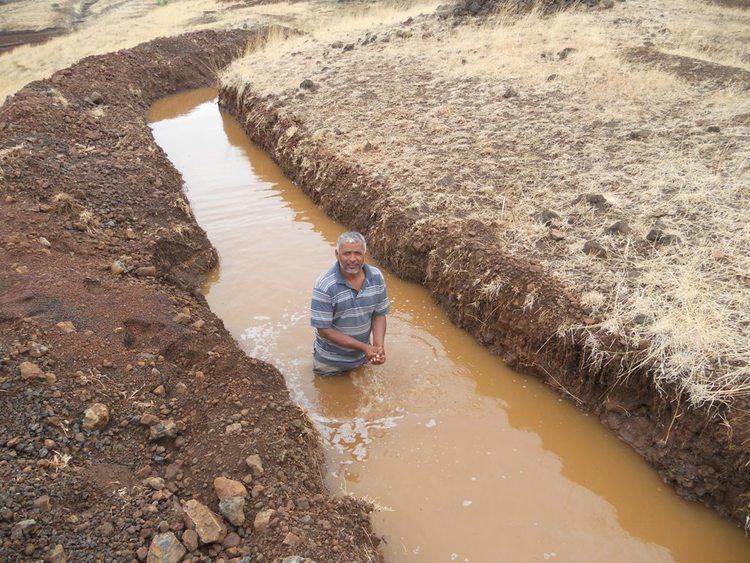 | ||
Contour trenching is an agricultural technique that can be easily applied in arid sub-Sahara areas to allow for water, and soil conservation, and to increase agricultural production.
Contents
Technique
Trenches can be artificially dug along the contour lines. Water flowing down the hill is retained by the trench, and is infiltrating the soil below.
Between two trenches crops can benefit during the growing season (when there is less rain) from the subsoil water reserve gathered during the rainy season.
Advantages
Immediate advantages are the following:
Implementation
Depending on the slope of the hill, the parallel trenches can be closer or further from one another.
Manually dug trenches are smaller. Machine dug trenches can be deeper. The dimensions, and the format of the trench should correspond to the local climate and soil conditions. The trench should be big enough to keep all the water; no water should spoil over the downhill border. The upside of the trench should be protected against erosion, by means of e.g. grass, shrubs, or fabric.
